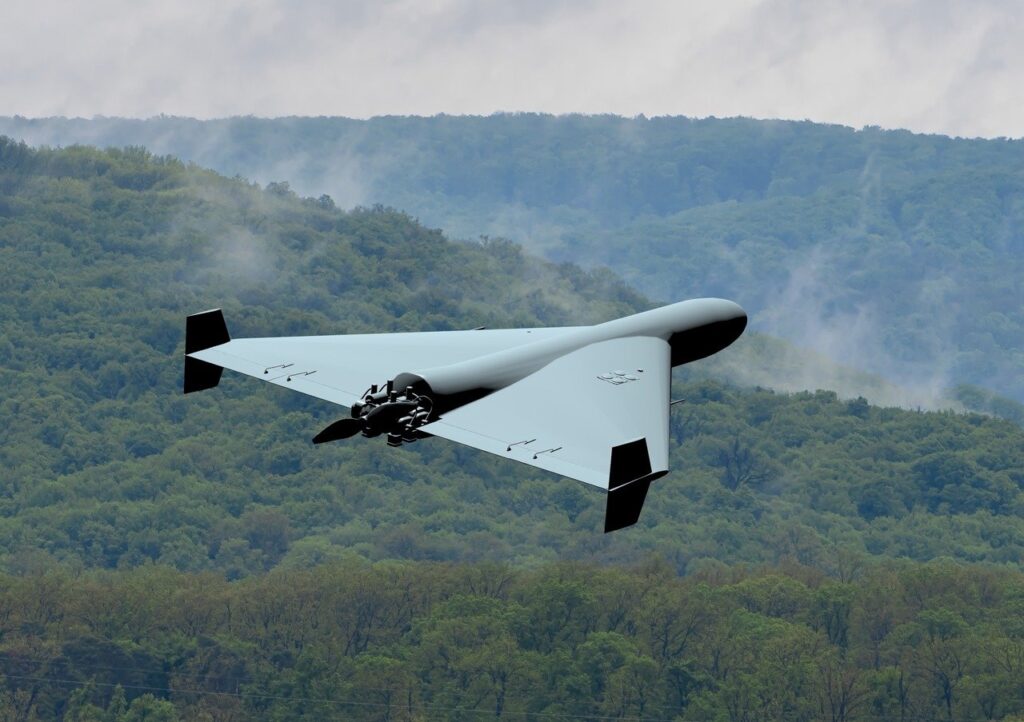
Russia’s Terrifying Nuclear-Armed Doomsday Train: Everything You Need To Know
In 2013, the Russian military announced it would bring back rail-mobile intercontinental ballistic missiles. In other words, trains with big nukes crammed inside, capable of darting around Russia, raising their launchers and firing at a moment’s notice. It was called Barguzin and would begin testing in 2019.
That was the idea. In December 2017, the Russian government put the Barguzin project on hiatus, saving the world from the specter of doomsday trains roaming Siberia. The ostensible reason — the weapon is too expensive, according to Rossiyskaya Gazeta, the government’s paper of record.
The Barguzin project was a revival of a retired leg of the Soviet Union’s ground-based nuclear “triad.” While the Soviets had nuke-equipped submarines and nuclear-armed bombers, its ground-based component had nuclear missiles mounted on huge trucks, inside underground silos and on trains. The Soviet military first signed the order for the creation of rail-mobile ICBMs in 1969, but the launchers came later.
Recommended: Uzi: The Israeli Machine Gun That Conquered the World
Recommended: The M4: The Gun U.S. Army Loves to Go to War With
Recommended: Why Glock Dominates the Handgun Market (And Better than Sig Sauer and Beretta)
In October 1987, the first rail ICBM became operational in the form of the “Moldets,” a train armed with a 77-foot-long RT-23 — a type of ICBM which was also stored in silos — carrying 10 multiple-reentry warheads with 550 kilotons of explosive power each. In the 1990s and 2000s after the START II treaty, Russia decommissioned these missiles, which NATO referred to as the SS-23 Scalpel. The Kremlin produced 12 of these trains.
And that was the end of Russia’s rail-mobile missiles until the Kremlin announced in 2013 that it would create a new nuke-armed train under the moniker Barguzin, or BZhRK, this time equipped with the more advanced RS-24 Yars ICBM.
The RS-24 has a similar range to the RT-23 but is three meters shorter and weighs half as much — a considerable advantage for mobile missiles. The RS-24 is also, by the way, road-mobile.
The perks are clear, in theory. Missile launchers that can dart across a country before they launch are harder to detect compared to fixed silo-based missiles. Smaller launchers can also blend in better with ordinary rail cars. It’s all about making the job of U.S. military intelligence a little bit harder.
Enemy launchers — “counterforce” targets — that are harder to track also require you to use more of your own missiles to destroy them, which leaves fewer of your missiles for other targets.
The Russian military made some progress on Barguzin with a 2015 test, according to Rossiyskaya Gazeta. But the decision to cancel it makes one wonder whether the Kremlin was even serious about the project, or whether it was merely engaged in a form of military posturing as U.S.-Russian relations deteriorated during the same timeframe.
One Russian general in 2012 said the Barguzin was a response to the U.S. Prompt Global Strike program which focuses in part on hypersonic weapons capable of rapidly striking anywhere in the world. But that project is still active. Last year, the Pentagon spent more than $180 million on it.
In any case, putting the kibosh on the Barguzin is for the best. The world doesn’t need more nuclear missiles. And it’s better for Russia, as rail-mobile nuclear missiles are expensive compared to silo-launched missiles, and are in some ways more vulnerable than their logic suggests.
During peacetime they require a network of bases for storage and maintenance, where international treaties require them to stay, and extensive security detachments to protect the missiles when they move during wartime. And they’re still stuck on railroad tracks — so U.S. spies have a general idea of where to look.
Which also begs the question as to whether the nuclear-war trains could even make it out of their bases in time before incoming missiles hit in the opening minutes of a nuclear war. Sure enough, the Pentagon studied the issue during the Cold War, and even built two prototype train cars intended for the Peacekeeper ICBM, but found them to be not worth the cost and rather vulnerable.
So sleep easy. But don’t sleep too easily. Russia still has more than 1,900 active strategic nuclear warheads including the new submarine-launched Bulava. And plans for an American rail-mobile launcher have not entirely gone away — they’ve just floated around inside the Pentagon, mostly in secrecy.
The Russian government paper didn’t entirely close the door on Barguzin, either. “If it is urgently needed, our missile train will quickly be brought to a working condition and put on track.”
This first appeared in WarIsBoring here.
Image Credit: Creative Commons/WikiCommons Source/Author: Vitaly V. Kuzmin.


